Sir Kenneth Grange’s influential industrial designs are chronicled in a new book
‘Kenneth Grange: Designing the Modern World’ explores the life and work of the pioneering British industrial designer
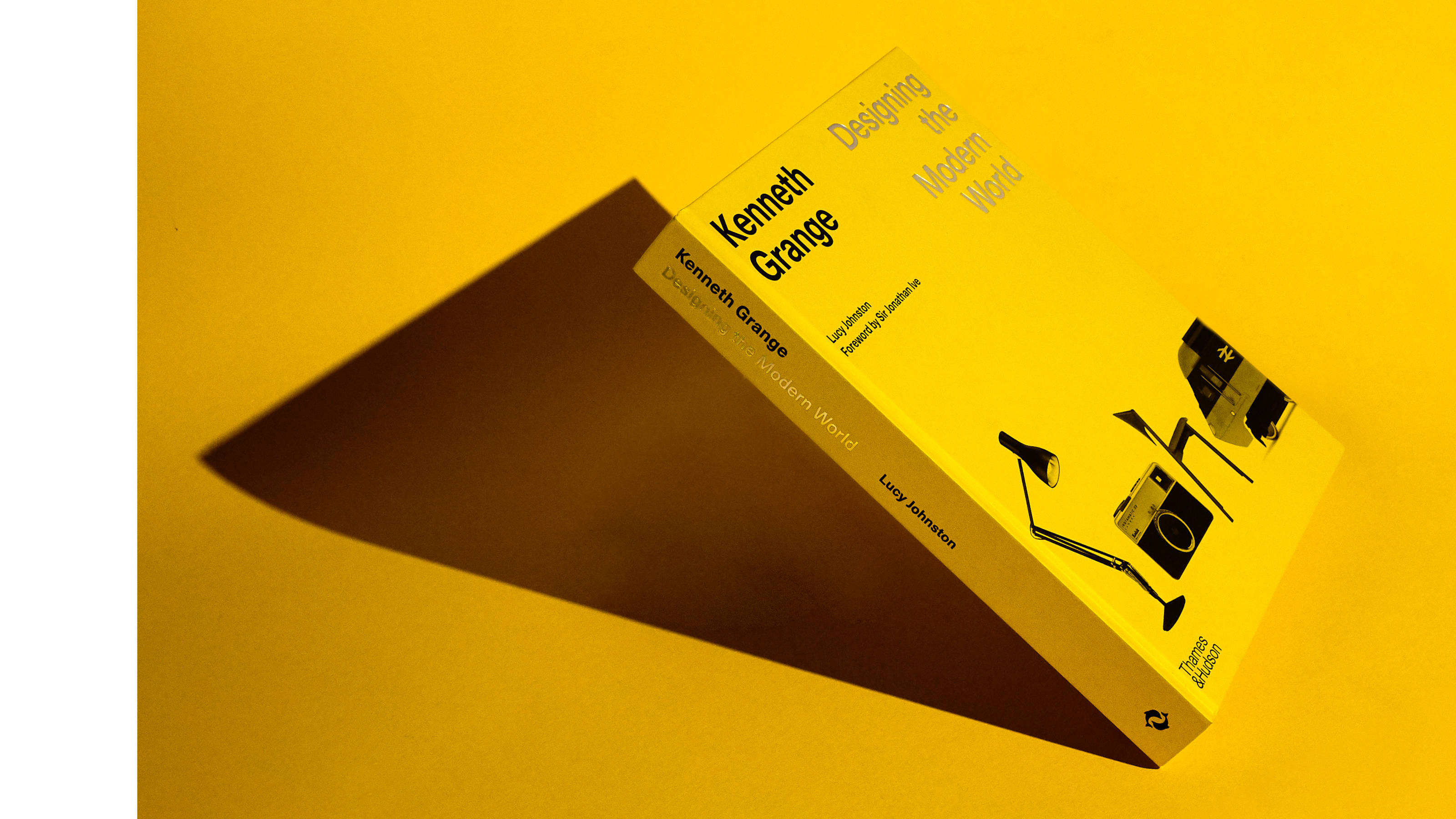
The genuine heroes of modern design are few and far between. Sir Kenneth Grange certainly qualifies. Now well into his nineties, Grange is a British industrial designer whose work and influence spans genres and generations, helping define the modern high street as well as the profession itself.

Grange at the meeting table in the Pentagram studios in Needham Road, Notting Hill, late 1980s.
Born in London's East End in 1929, Grange’s childhood was shaped by vivid memories of the Second World War, as well as a talent for drawing that led him to study art at the Willesden College of Technology. This was followed by National Service and then a first professional role as an architectural draftsman that saw him work on exhibition stands and graphics, including the Festival of Britain.
Kenneth Grange: Designing the Modern World

Grange’s design for the Kodak Instamatic 33 series, which launched in 1968 and became an overnight sensation, rocketed Grange to new levels of design fame.
Lucy Johnston’s excellent new monograph traces Grange’s early life and influences, through to the founding of his first design agency, Kenneth Grange Design, in 1958, and onwards through a career defined by variety.
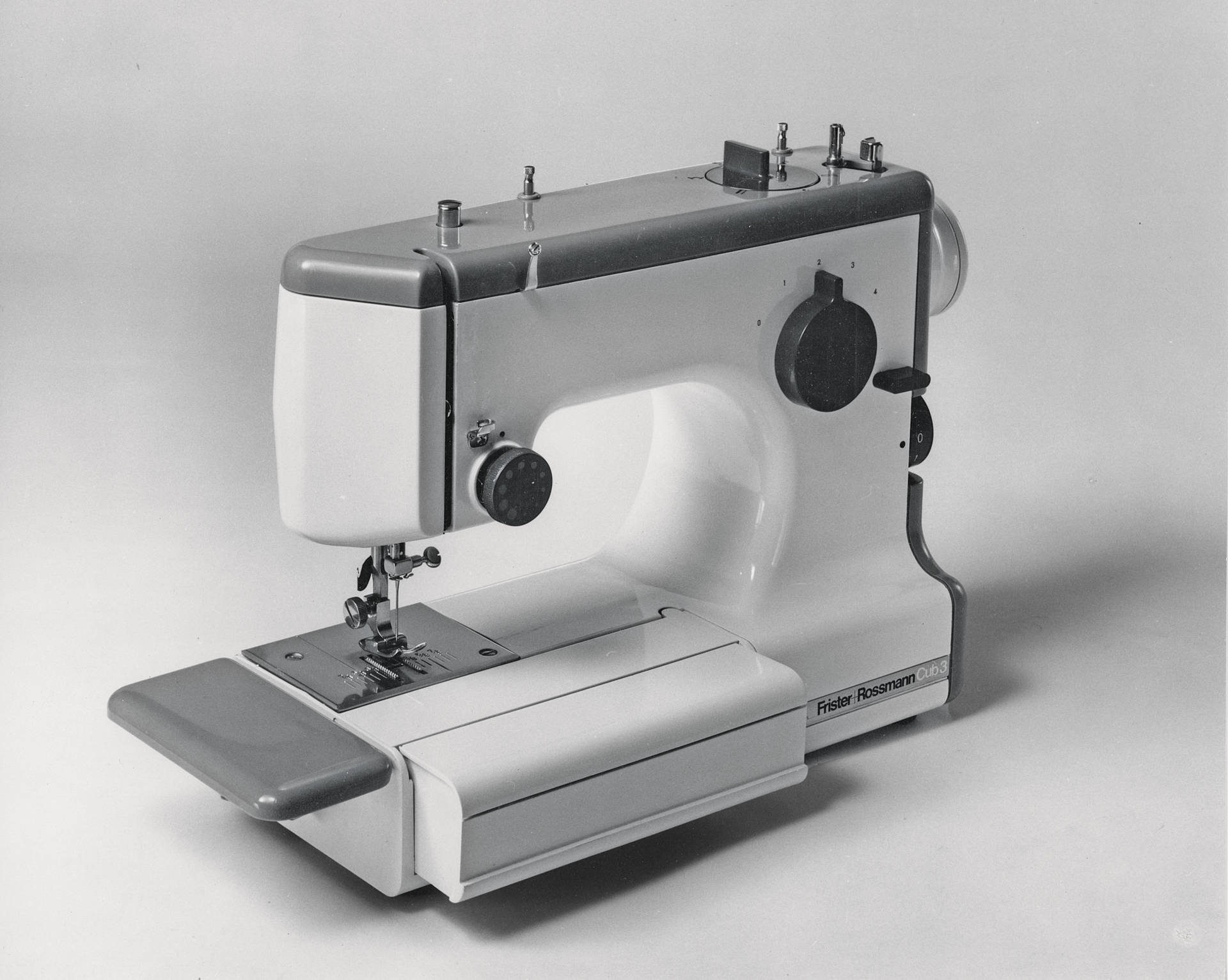
The Cub 3 sewing machine, with its fold-out surfaces and a front segment also doubling as storage for accessories.
As one of the founding members of Pentagram, alongside Alan Fletcher, Theo Crosby, Colin Forbes, and Mervyn Kurlansky, Grange was well placed to pioneer a multi-disciplinary approach to consumer design. From trains to cameras, lights, pens, post boxes and kitchen mixers, Grange’s work was often at the heart of the consumer revolution without ever losing sight of quality and innovation.

The first production model of Grange’s revised design for the Kenwood Chef, introduced to great acclaim in 1960
Five biographical chapters are followed by a chronicle of Grange’s designs that ‘shaped the modern world,’ together with sketches, prototypes and personal insights into their development. Sir Jonathan Ive has contributed a foreword that further cements Grange’s reputation within the industry. Ive writes that Grange’s approach to design as a form of public service made a vivid impact on him, as well as on British visual culture in general.

A pristine British Rail HST train set, number 254002, pictured static for a publicity photoshoot. This was the second set introduced on the East Coast Main Line between London King’s Cross, Edinburgh and Aberdeen, c. 1978
Kenneth Grange: Designing the Modern World, Lucy Johnston, foreword by Sir Jonathan Ive, Thames & Hudson, £50, ThamesandHudson.com, @ThamesandHudson
Available at Amazon
Receive our daily digest of inspiration, escapism and design stories from around the world direct to your inbox.
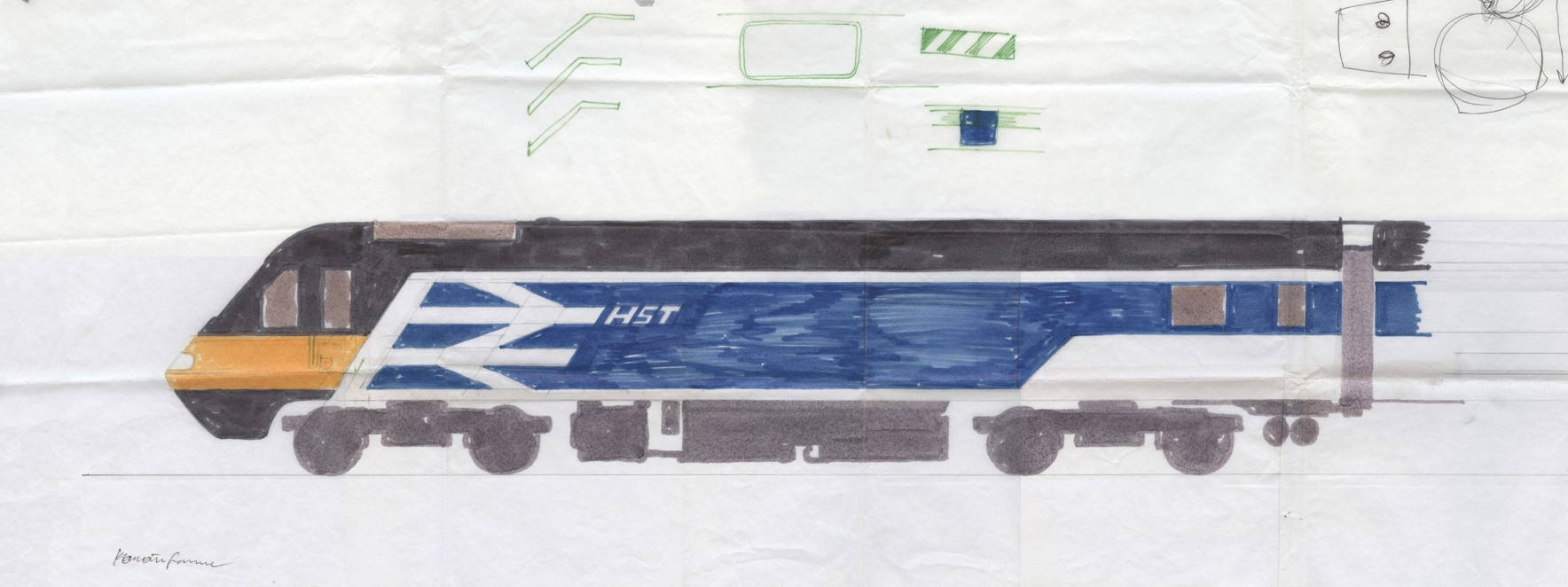
Sketch sheets from Grange’s portfolio showing geometry and colour explorations for the final production HST livery design

The Anglepoise Type 75 Mini desk lamp
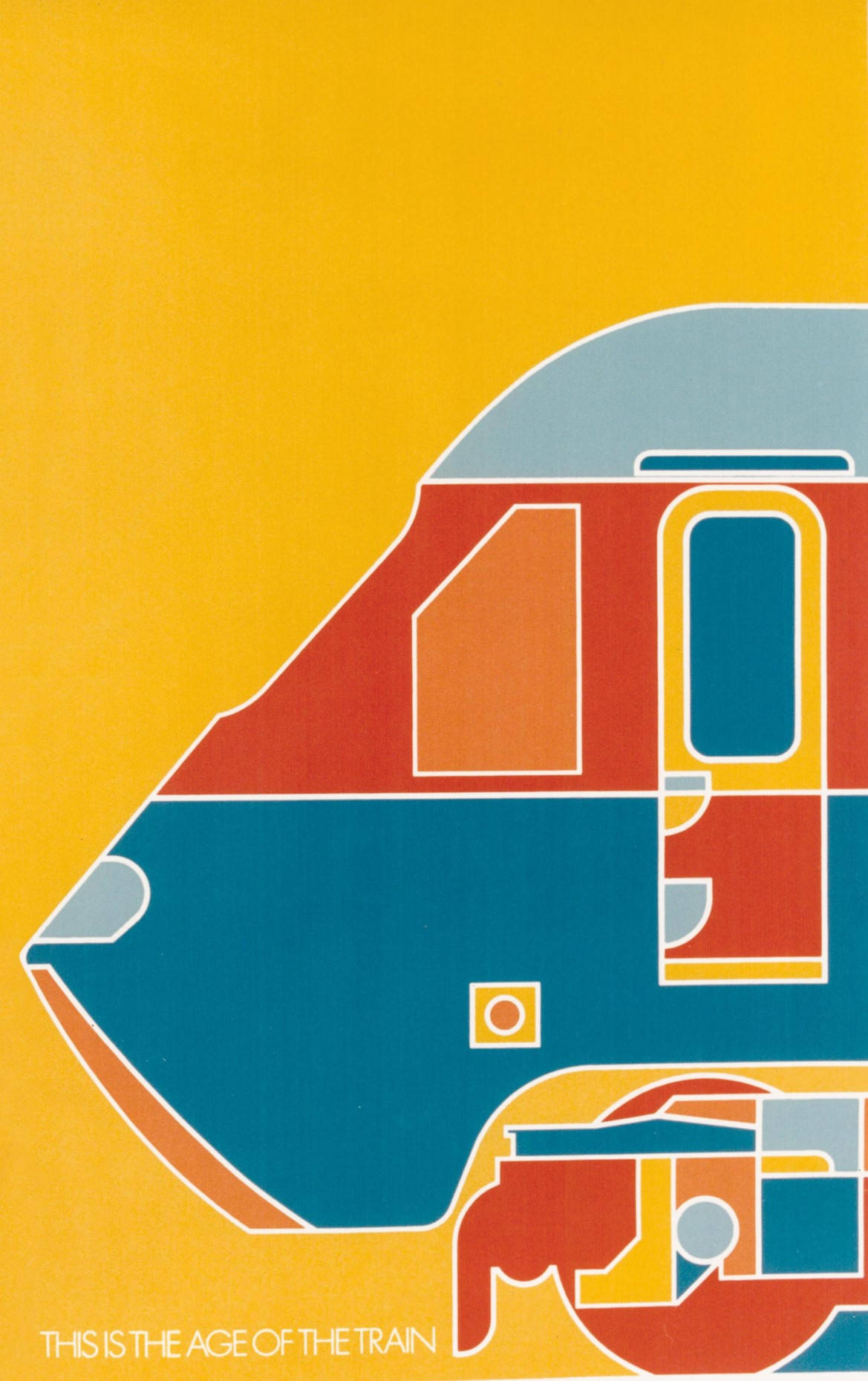
Where commercial posters become art: another iconic design commissioned by British Rail, this one by renowned graphic artist Per Arnoldi celebrating ‘the age of the train’
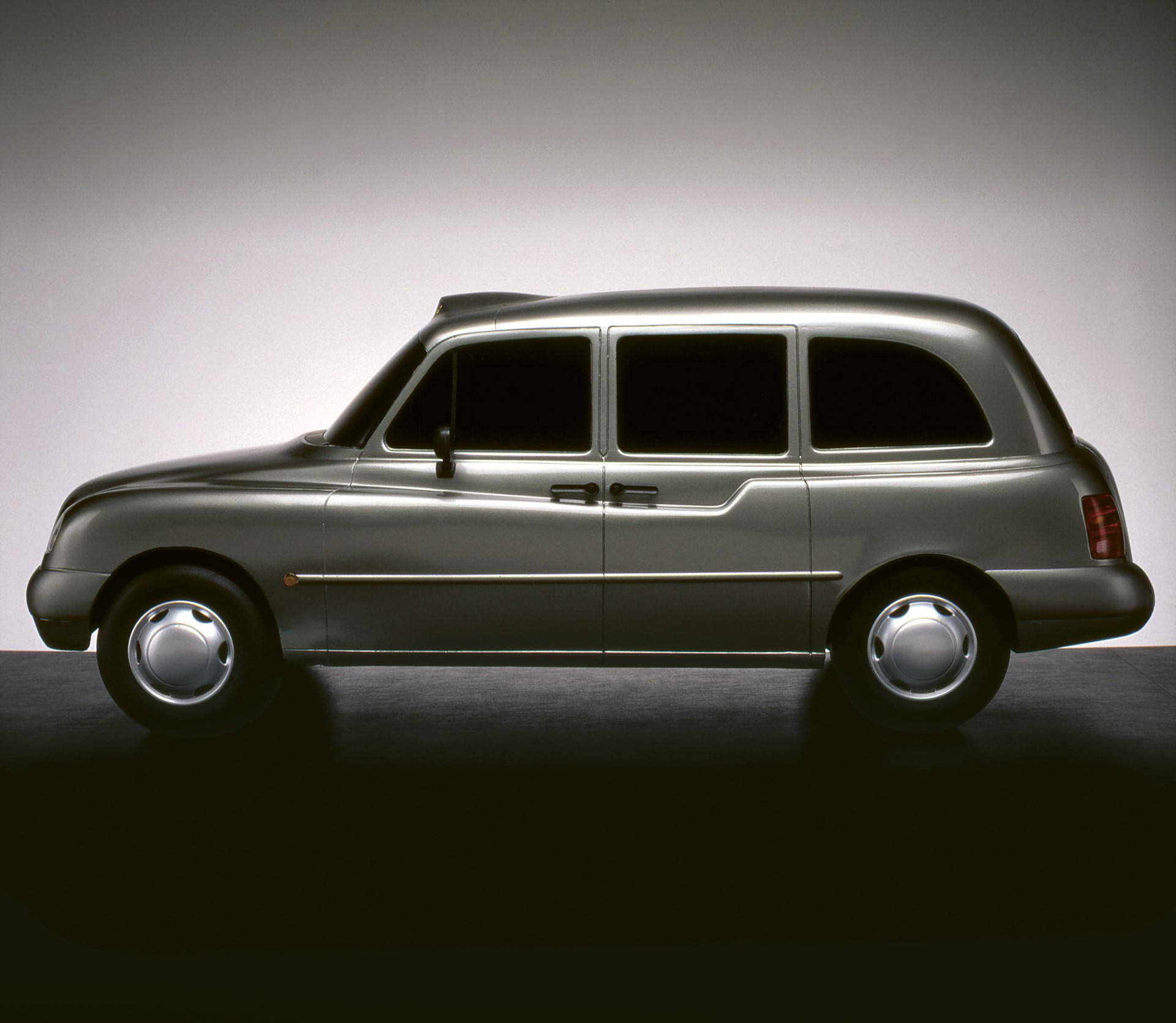
A scale model crafted by Grange’s team in his workshop at Pentagram, highlighting the streamlined bodywork. Grange spent endless hours working on a new solution for the for-hire sign that could be seen more easily in sunlight
Jonathan Bell has written for Wallpaper* magazine since 1999, covering everything from architecture and transport design to books, tech and graphic design. He is now the magazine’s Transport and Technology Editor. Jonathan has written and edited 15 books, including Concept Car Design, 21st Century House, and The New Modern House. He is also the host of Wallpaper’s first podcast.
-
 Year in review: the shape of mobility to come in our list of the top 10 concept cars of 2025
Year in review: the shape of mobility to come in our list of the top 10 concept cars of 2025Concept cars remain hugely popular ways to stoke interest in innovation and future forms. Here are our ten best conceptual visions from 2025
-
 These Guadalajara architects mix modernism with traditional local materials and craft
These Guadalajara architects mix modernism with traditional local materials and craftGuadalajara architects Laura Barba and Luis Aurelio of Barbapiña Arquitectos design drawing on the past to imagine the future
-
 Robert Therrien's largest-ever museum show in Los Angeles is enduringly appealing
Robert Therrien's largest-ever museum show in Los Angeles is enduringly appealing'This is a Story' at The Broad unites 120 of Robert Therrien's sculptures, paintings and works on paper
-
 Masters of midcentury modern design and their creations spotlighted in new book
Masters of midcentury modern design and their creations spotlighted in new book‘Mid-Century Modern Designers’ is a new book from Phaidon celebrating those who shaped the period and their notable creations, from furniture to objects
-
 Rooms with a view: a new book celebrates the Italian approach to interior design
Rooms with a view: a new book celebrates the Italian approach to interior designLaura May Todd's survey of Italian interiors is the perfect antidote to January gloom, taking a look inside 50 distinctive Italian homes
-
 Discover the alchemy of American artists Philip and Kelvin LaVerne
Discover the alchemy of American artists Philip and Kelvin LaVerneThe work of Philip and Kelvin LaVerne, prized by collectors of 20th-century American art, is the subject of a new book by gallerist Evan Lobel; he tells us more
-
 20 pairs of bookends celebrate contemporary Scottish design and Dundee’s literary heritage
20 pairs of bookends celebrate contemporary Scottish design and Dundee’s literary heritageAs Dundee Design Week gets ready for its fifth edition, a bookish commission shines a light on two pioneering female journalists from the city’s storied past
-
 ‘You’ve got to hang out with Judd furniture… you learn something’: Rainer Judd
‘You’ve got to hang out with Judd furniture… you learn something’: Rainer JuddAs new book ‘Donald Judd Furniture’ lands, the artist’s children Rainer and Flavin discuss their father’s legacy
-
 Discover London’s lesser-known design gems with ‘an opinionated guide’
Discover London’s lesser-known design gems with ‘an opinionated guide’‘An opinionated guide to Design London’ by Sujata Burman and Wallpaper’s Rosa Bertoli is a carefully curated tour of intriguing design spots across the capital
-
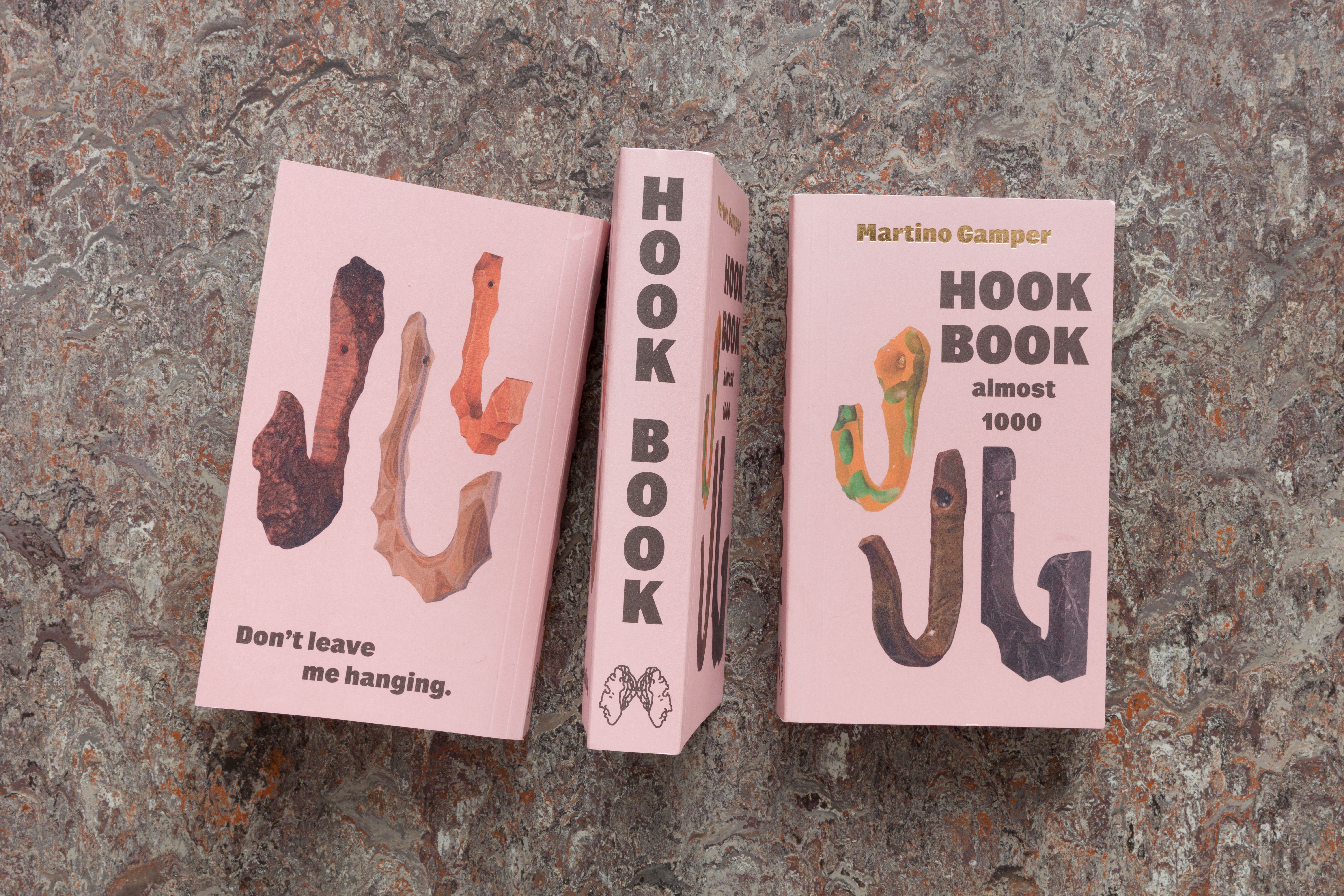 Well hung? We interview Martino Gamper about his new book of (around) 1,000 hooks
Well hung? We interview Martino Gamper about his new book of (around) 1,000 hooksItalian maverick designer Martino Gamper doesn't hang around. He has a new book featuring 1,000 hooks made by hand. We ask him how and why...
-
 New Louis Poulsen book explores the Danish lighting company's illuminating world
New Louis Poulsen book explores the Danish lighting company's illuminating worldLouis Poulsen: First House of Light, published by Phaidon, is a new design book delving into the Danish company's world of radiant lighting